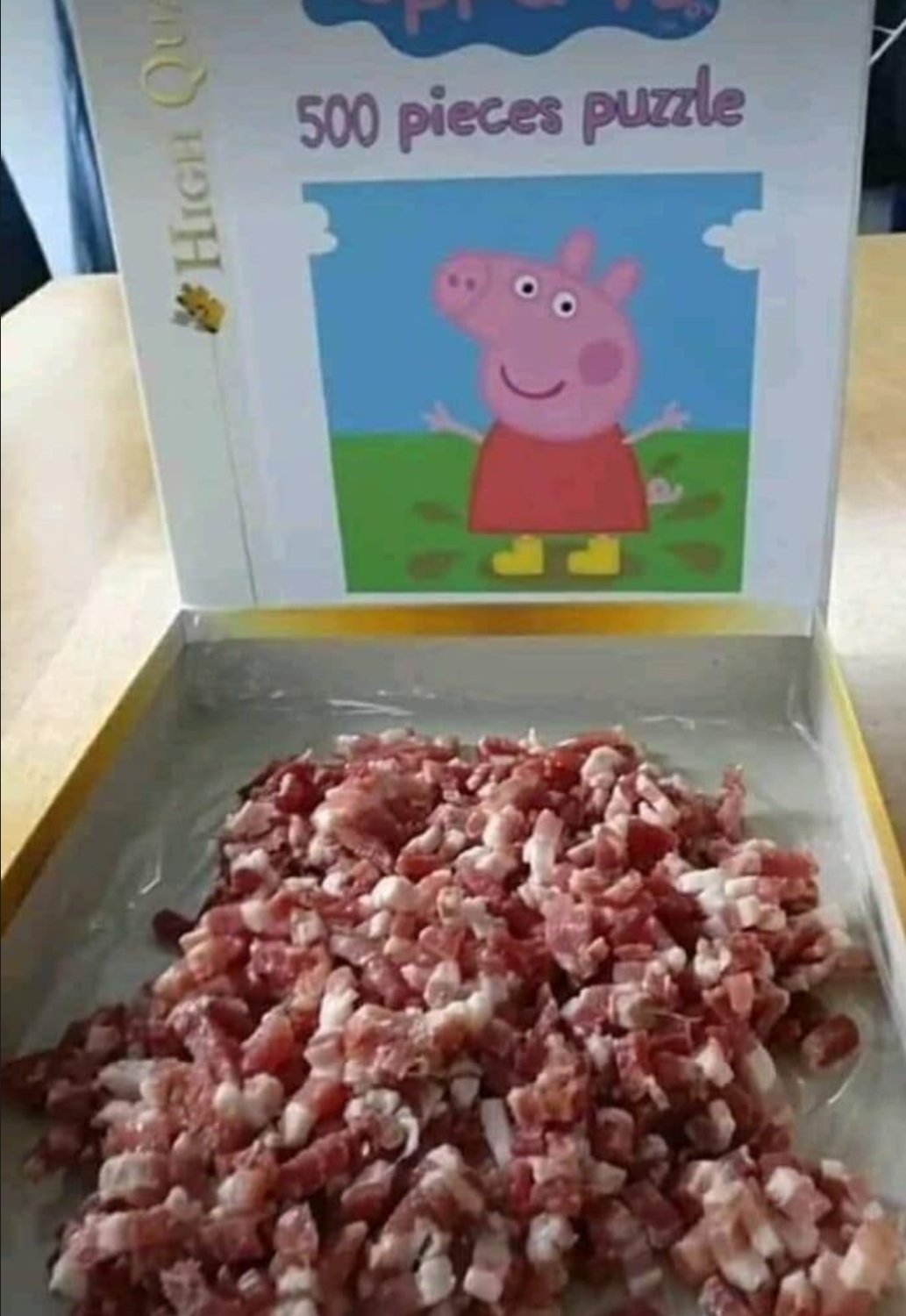One use-case for me has been converting code from a language I know to a language I don't. Usually, just small snippets. The code is usually full of holes, but I'm good enough with the logic to duct tape those puppies!
mjhelto
Yeap! On principal, I won't buy any game that dumps pre-orders of games on Steam in lieu of exclusivity, from other non-Epic platforms, even if I liked the game series before. For instance, I have really liked the Metro series of games. However, as soon as the third game was announced as exclusive to Epic, I refused to purchase it on Steam even after the exclusivity deal expired. It didn't help that the creator of the Metro games caught wind of people refusing to buy the game and threatened to not make anymore if sales bombed on Epic.
I'm just so tired of all the entities in this world that would rather make a quick buck, then milking as much from the player-base as possible, while standing in the way of me eeking out some sort of happiness in this shit-ass capitalistic hellscape. Would I rather be doing more creative shit with my free time or enjoying life in some capacity? Sure, but until we tear down this shitty pyramid scheme our society has bought into, games are the one thing that I still enjoy. I watch them actively deleting content for games I love, or making the content only available on specific platforms, and it makes me want to flay these wealthy fucks and leave them for the crows...
The wealthy in this world are just like my 4yo, they just want instant gratification. No amount of justification or considerations matter when your soul purpose is to get as much as possible while you can and fuck everyone else! The race to the bottom continues!
Every day I turn on my LG TV, it wants an update. It's been doing this for like 3 years now. Given the article, it won't be getting that update any time soon!
Your own, personal one!
Wow, that title was a rollercoaster!
It is a 2014 Ford Escape. But this is not the only experience of this sort that I've had with Ford.
It's worse when you consider the state of the world and the warming. They'd have about 20 sq\km of land capable of supporting them and they'd have to share it with those psychos, polar bears.
The worst* make of cars is now hoping to fuck over their consumers even more.
* can't change the fucking battery unless you take half the fucking engine area apart.
I'll switch when Windows 10 is no longer supported. Or just before.

I remember this kind of shit when I worked at Caterpillar. I always assumed the requested permission messages just disappeared into the void. Of course, I was IT so my requests were usually asking for more than they'd want their help desk staff to have.